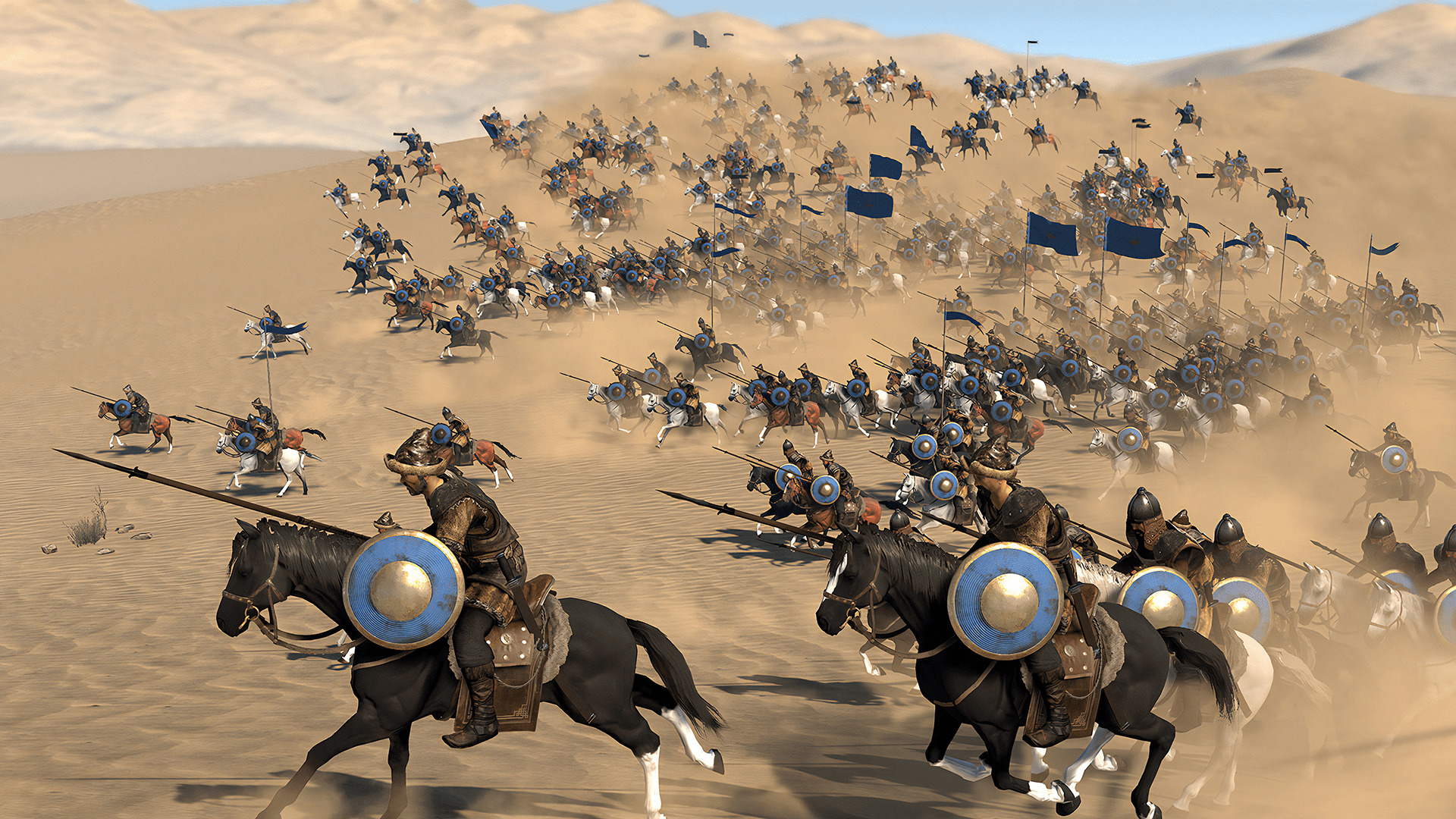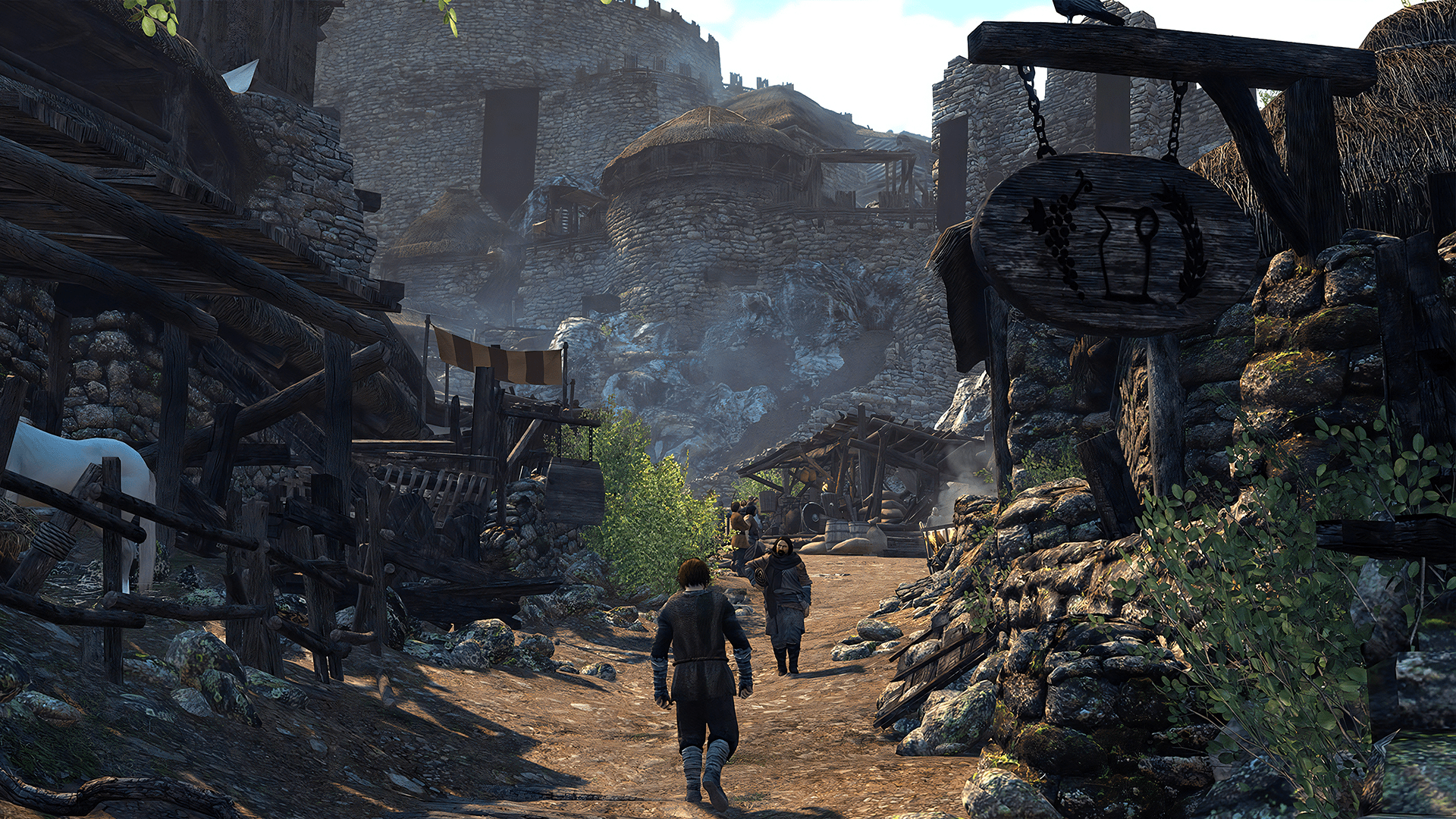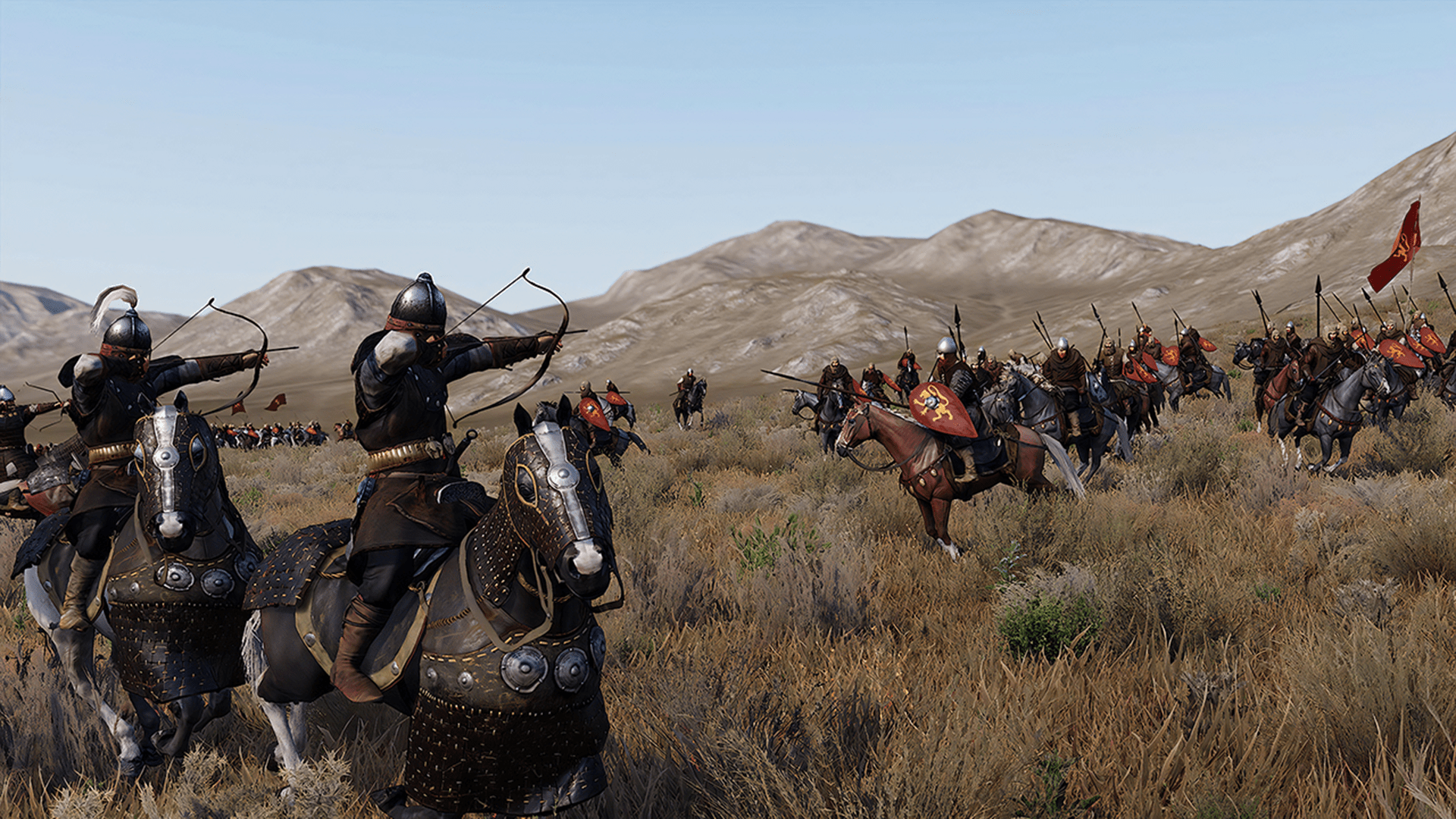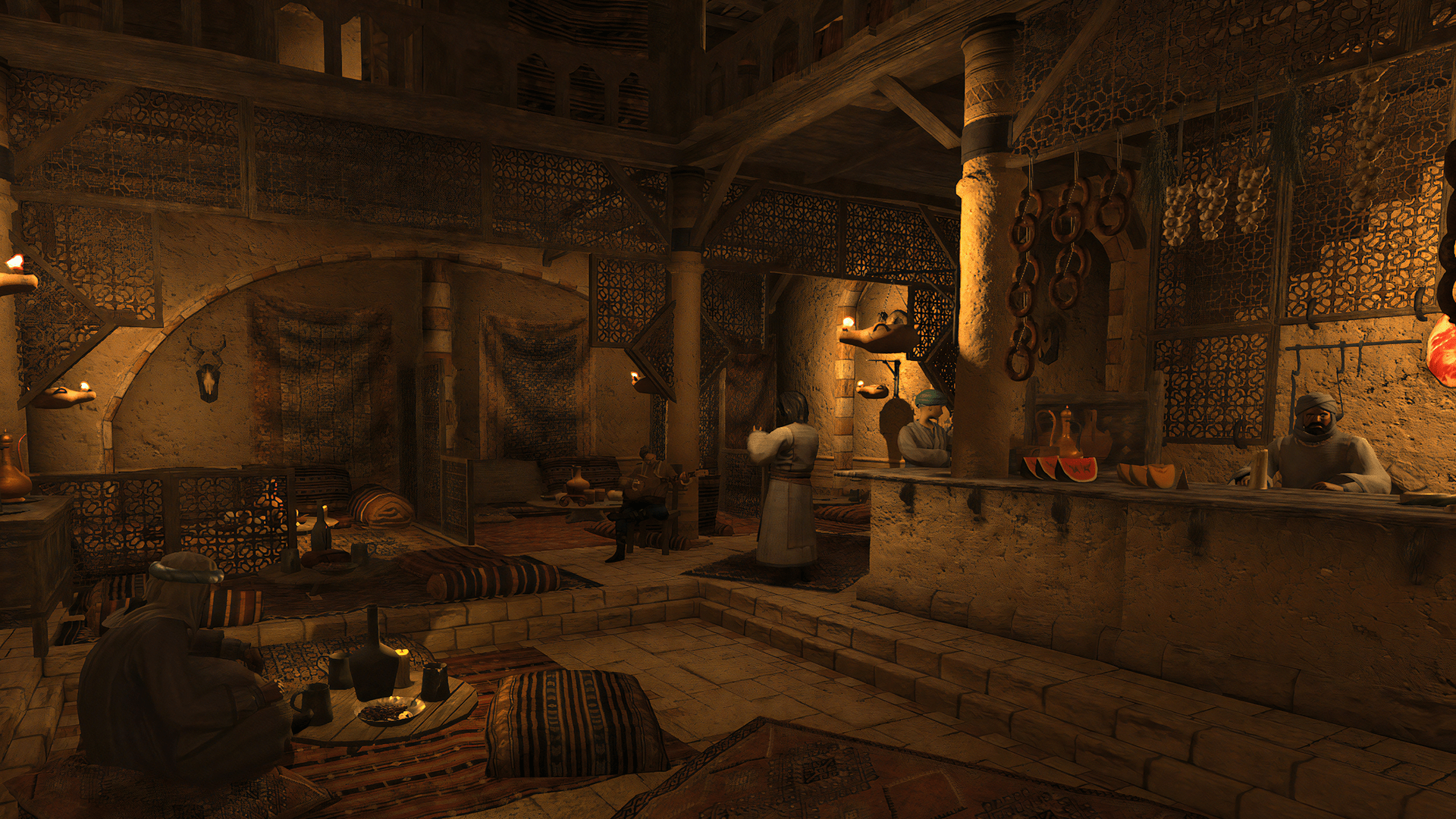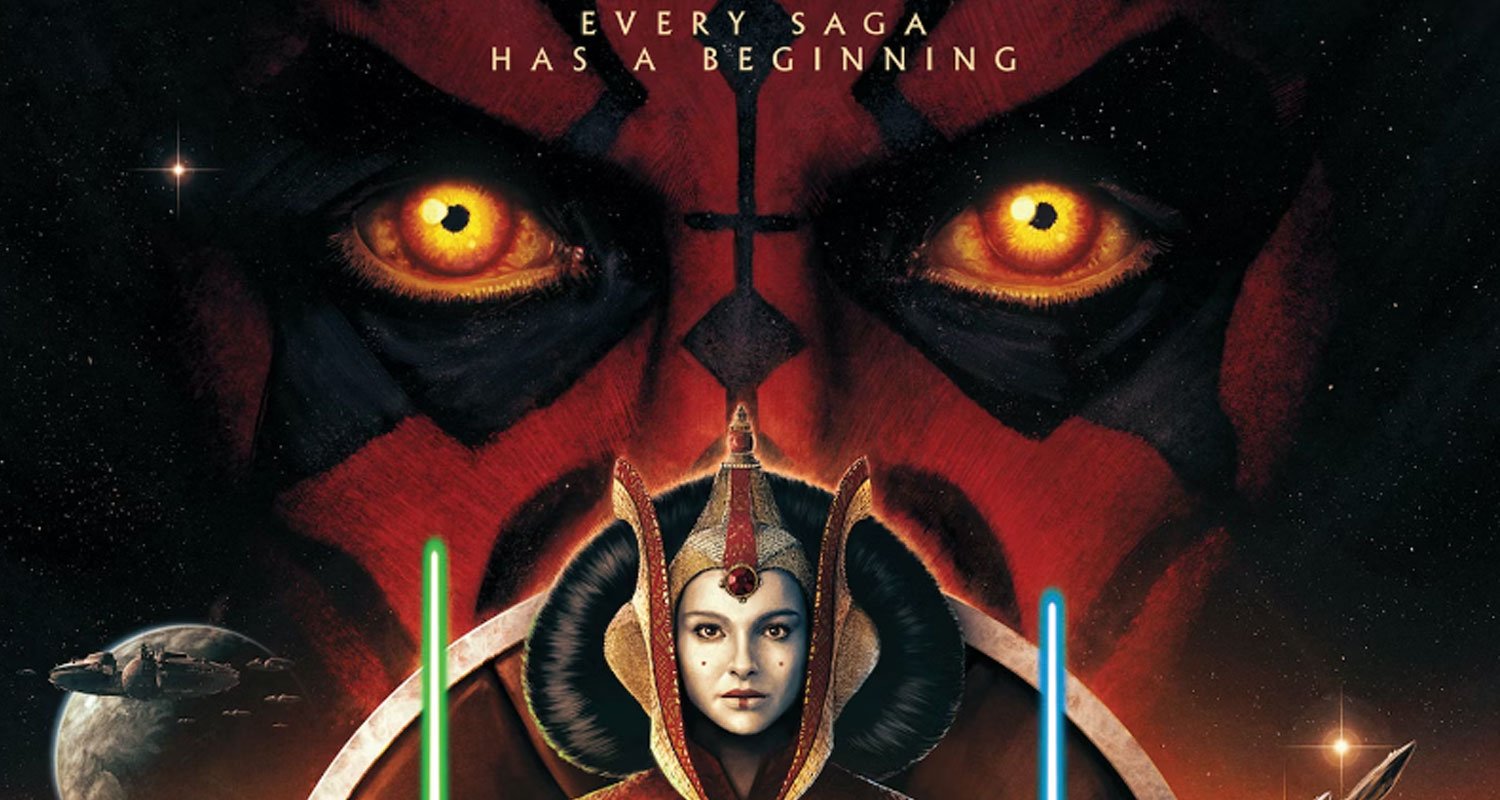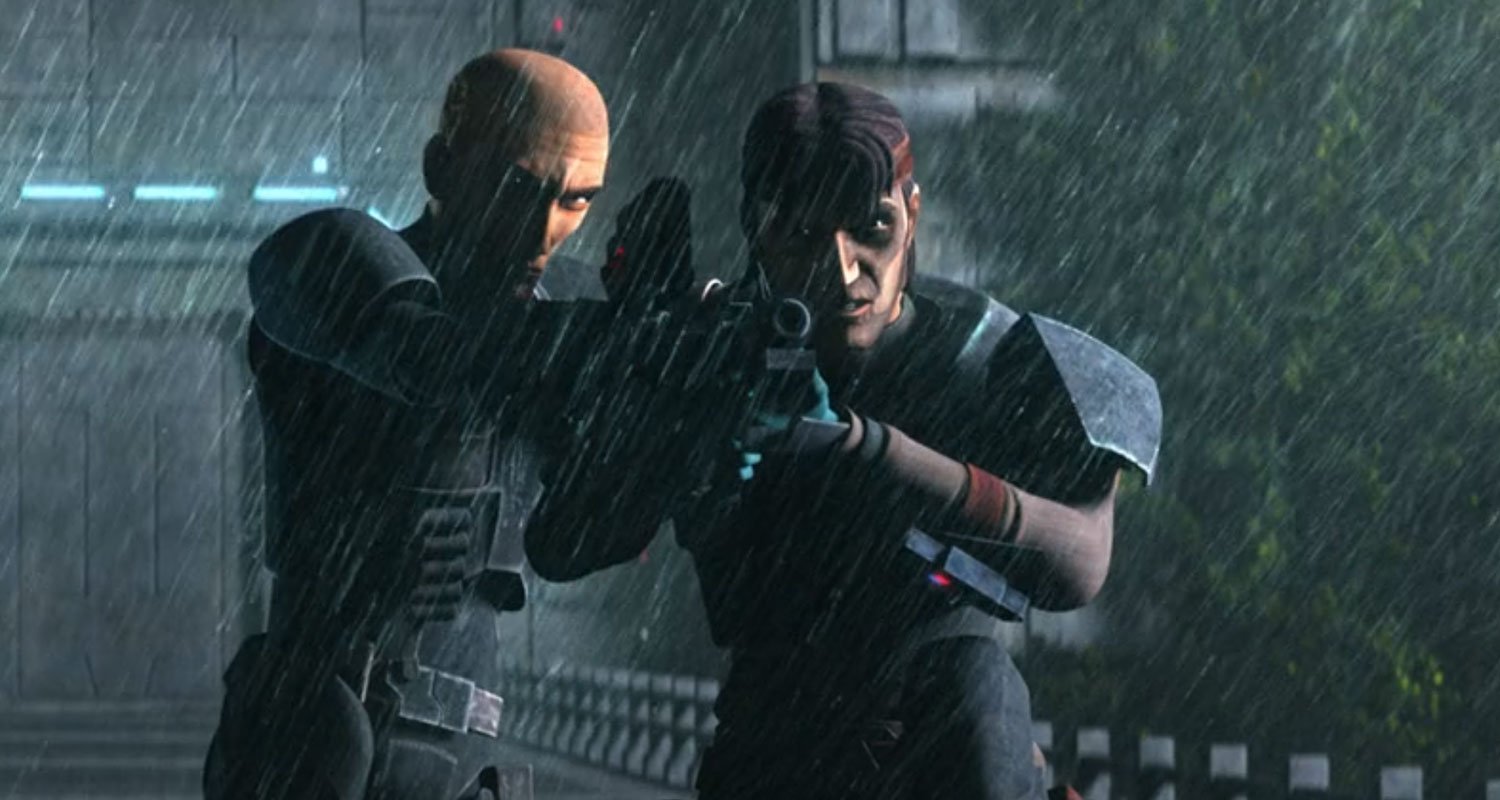‘Mount & Blade II: Bannerlord’ Review: Bigger Playground, Same Old Tradition
A decade later, Mount & Blade II has finally finished its lengthy development. While it’s a bigger and better-looking sequel, how does it renew the formula?
TaleWorlds‘ Mount & Blade franchise isn’t very famous outside the PC realm, and even on that platform, it remains what you’d call a “niche game” despite its sizable success. After a rough first game release in 2008, Mount & Blade started to become a sensation with 2010’s standalone expansion Warband, which quickly replaced the original game as the main Mount & Blade experience — it was bigger and more refined, and established an amazing baseline for modders who wanted to build upon its refreshing “action RPG meets strategy” foundation.
For those who’ve never heard of Mount & Blade and are coming into Bannerlord completely fresh: the core premise is creating and developing a character in the fictional medieval setting of Calradia, which is based on medieval Europe and the surrounding lands — in the iteration presented by Bannerlord, the geography is much more varied. The moment-to-moment gameplay belongs to the action RPG genre, with a strong focus on the simulation of weighty and precise melee combat. Likewise, skills and actions such as horsemanship and archery also need to be developed (through classic RPG progression systems) in order to truly become useful on the battlefield.
Now, the strategy and actual role-playing take place mostly in an interactive overworld map of Calradia full of different factions and AI characters that work on their own without the need of interacting with the player. There are cities, towns, castles, and hideouts that can be explored — of course, assets and layouts are heavily recycled — and countless characters that give out procedurally generated missions and/or can be recruited, killed, married, etc. Kingdoms rise and fall, leaders are captured, frontiers move… Calradia never stops, and the mark you leave on it depends on the story that you want to tell with your custom character. But you’re just another piece on the board.
The main thing with Bannerlord, which arrives after two expansions of Warband and ten years in development (with a final stretch in early access), is that it’s both too continuist and exactly what Mount & Blade II promised to be. That means it’s the perfect sequel to Warband, and the refreshed and shinier playground diehard fans had been anticipating, but also a game that feels dated by design — the game was first revealed in 2012, and you can tell the philosophy hasn’t evolved much throughout the years. While no other game captures the exact type of experience Mount & Blade provides, some of its individual parts are rusty despite the improvements that almost every system has received. Whether this is a deal-breaker or not, depends on each person. I personally am okay with Bannerlord feeling like a revamped Warband, but I’m sure it may be a “rough” experience for more casual players or those who were only curious after playing a few hours of Warband years ago.
Perhaps the biggest upgrades are felt throughout the combat systems and the troop management inside the battles — more orders and direct control over how the hordes of soldiers behave are present this time around. Likewise, there’s a bit more to party management and interactions with key NPCs through diplomacy and chats, yet almost every element which exists outside the warmongering side of the game is undoubtedly shallower due to the game’s massive scope. While Bannerlord packs tons of options, content, and different ways to interact with Calradia and its peoples, it prefers to go wider instead of deeper.
The most notable addition to the core experience is a “campaign mode” of sorts. It differs from the classic “sandbox mode” in that there’s a main (albeit generic) questline that eases players into the game and its systems, also establishing a basic narrative which players can orbit around so that the whole experience doesn’t feel overly aimless — Mount & Blade has always been kryptonite for gamers who need clear objectives and goals, as it’s very much committed to the create-your-own-story philosophy. As expected, this new mode isn’t memorable and has little to no use for veteran players, but it works well enough to introduce newcomers to everything Bannerlord has to offer, which is a lot.
Online battles also make a return, though cross-play isn’t an option. Players inside the same console family (Xbox or PlayStation) can play together though. I always felt multiplayer wasn’t the meat and potatoes of Mount & Blade, but sometimes you just want to fight real players in massive sieges and forget about the RPG and strategy systems for a while. I have my doubts about the game’s longevity on consoles though, since Warband didn’t leave a huge mark with its ports, and the marketing for the console release of Bannerlord has been a bit lacking.
Bannerlord also looks like a game that’s been an entire decade in development. While the transition to a more robust engine is noticeable (especially during the largest of battles), it’s not a looker. But it never tried to be one. Mount & Blade is all about grand scale, inside and outside of battles, and that it delivers big time. The earlier hours of a playthrough can be slow as you try to build a decent-sized army and establish a clan, but the main appeal of Bannerlord shines through as the clashes grow bigger and your character’s place within the world is more remarkable — eventually, a lineage is created, and the future of your clan (or kingdom) depends on your heirs. Much like in The Sims, a game of Bannerlord can keep going virtually forever. Tread carefully though — going from a renowned warlord to a poor prisoner is just a matter of losing a couple of crucial battles or pissing off too many people at once.
Unsurprisingly, all the AI simulations of a game as big and ambitious as Mount & Blade II put consoles under a lot of pressure, yet TaleWorlds has done a great job making it work just fine across last-gen and current-gen hardware without undercutting the original experience found on PC. The PS4 and Xbox One consoles stick to 30 FPS and a max. of 350 units in battles, with higher or lower resolution targets depending on the use of extra (PS4 Pro and Xbox One X) or base hardware. Meanwhile, PS5 and Xbox Series X/S can handle up to 1000 units in battles running locked at 30 FPS, or choose to lower the max. unit count to 500 while keeping 60 FPS. Resolution targets also vary depending on the hardware and the mode selected, but the overall offering is robust across all three current-gen consoles, and it’s great to see Series S offering the same experience while hovering around 1080p. Regardless of the mode you go with on the newer consoles, Bannerlord feels huge when you’re fighting actual wars. The only noticeable loss across all consoles is the lack of mod support, which is a bit weird considering how important it’s been in the past for Mount & Blade and that devs both big and small have been exploring that avenue on consoles for years now.
As it stands, Mount & Blade II: Bannerlord delivers squarely on its promise of being the ultimate medieval action RPG sandbox for those with “grand strategy” ambitions. It does exactly what it says on the cover and the store pages, but ten years haven’t changed up the Warband blueprint nearly as much as it was reasonable to expect.
Mount & Blade II: Bannerlord is now available on PC (Steam, GOG, and Epic), PS4/5, and Xbox consoles.
Thanks to Prime Matter (publisher) and TaleWorlds for the PS5 review code.
Francisco J. Ruiz is that guy who has watched Jurassic Park a thousand times and loves Star Wars. His hunger for movies is only matched by his love for video games. He graduated in English Studies from the University of Malaga, in Spain. As he keeps writing about what he enjoys (and doesn’t) for websites all over, he’s continuing his studies.

